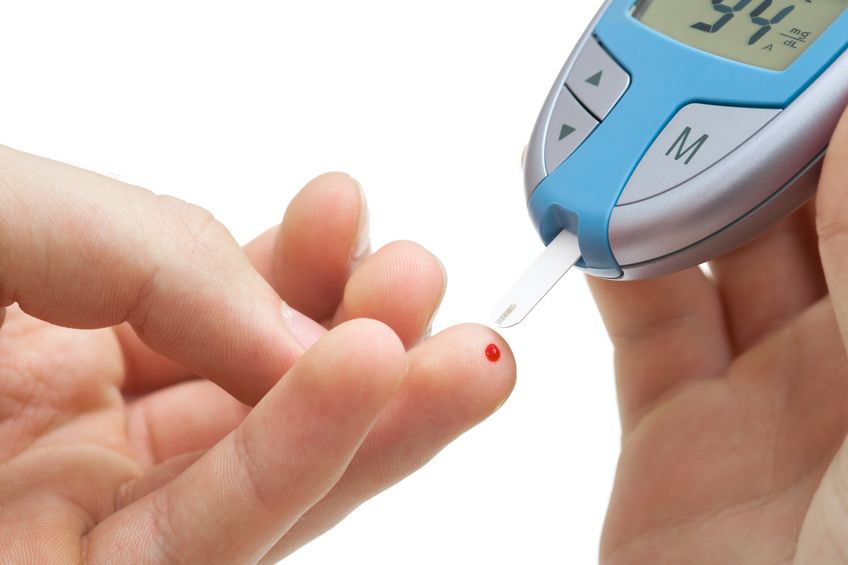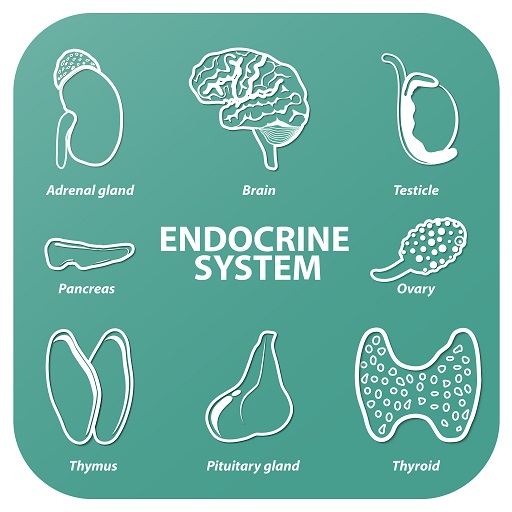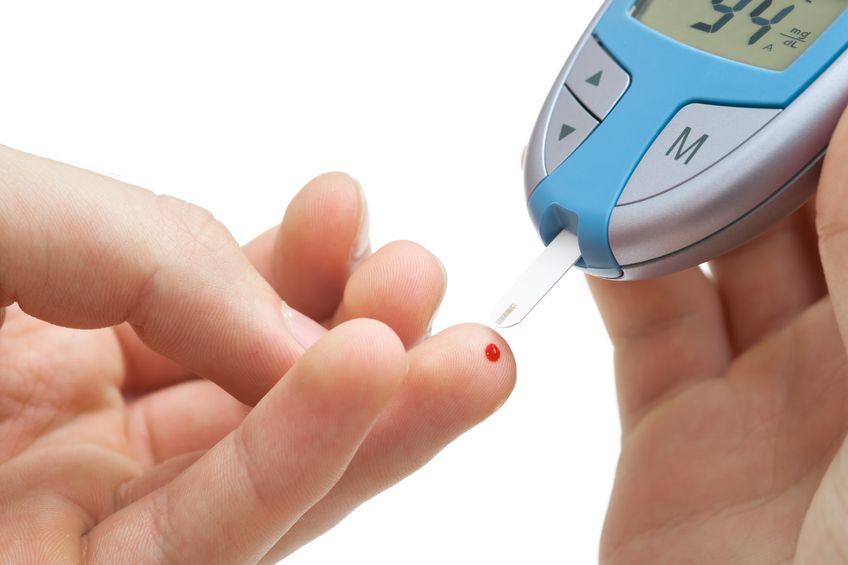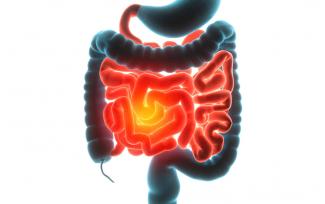Related Articles
- 26 Sep 13

Insulin resistance is a common condition, affecting 10% of young adults and nearly 44% of adults in mid-life. It is now known that genetic factors play a role in insulin resistance. Diet, body composition, and exercise levels are also major causes, explaining the growing incidence of this disorder with modern lifestyles. Interestingly, insulin resistance may also contribute to infertility26 Sep 13
Diabetes mellitus is a chronic degenerative disease affecting multiple organ systems that results from the inability to regulate blood sugar, also called glucose, levels. Diabetes had been called “the epidemic of the 21st century” because it is increasingly affecting more and more people; this year is estimated that over 7% of Canadians have been affected by diabetes01 Nov 13$path = isset($_GET['q']) ? $_GET['q'] : '
';
$link = url($path, array('absolute' => TRUE));$nid = arg(1);
if ($nid == 201311){
?>download pdf
}
?> Super foods have recently gained popularity. Consumers are interested in adding foods to their diet that pack a big punch in terms of nutritional content and therapeutic benefit. One super food with a very impressive range of benefits is the flax seed. Historical research has revealed that this small seed was cultivated 30,000 years ago
Super foods have recently gained popularity. Consumers are interested in adding foods to their diet that pack a big punch in terms of nutritional content and therapeutic benefit. One super food with a very impressive range of benefits is the flax seed. Historical research has revealed that this small seed was cultivated 30,000 years ago
Newsletter
Your subscription could not be saved. Please try again.
You've successfully subscirbed to Naturopathic Currents monthly newsletter!
Most Popular
- 17 Jun 13
- 17 Jun 13
- 17 Jun 13
- 01 Jul 13
- 17 Jun 13
- 17 Jun 13
- 17 Jun 13
- 01 Jul 13
- 17 Jun 13
- 17 Jun 13
- 17 Jun 13
- 01 Jul 13
















